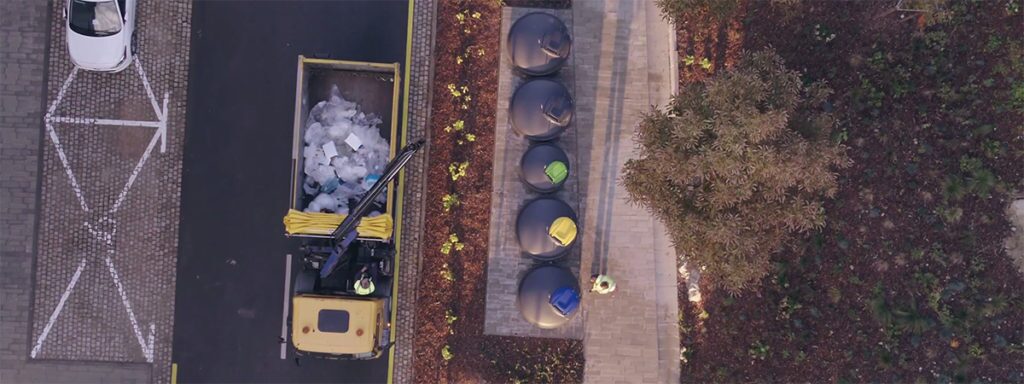The impact of ineffective waste collection is a burden on the environment (CO2 emissions), on the traffic (waste collection vehicles block streets) and on city budgets (high costs – fuel, FTEs, vehicle wear). Due to the ever-increasing population in cities, more people produce more waste each year. This will become even worse in the near future, so we have developed a waste management solution to reduce the environmental impact of a burgeoning population. Our solution is surprisingly simple: Data!
Do you have data about the waste in your city? Do you know what types of waste you produce and how quickly you produce them? The deployment of effective waste collection results in a cleaner city, and a cleaner city means a better quality of life for citizens. You need data to plan and manage effective waste collection and Sensoneo can help you move towards a green, clean city free of litter.
Reduce the environmental impact of a burgeoning population
In the business world, all important, strategic decisions are based on data. You can not manage effectively if you have no data.
Know your bins
To plan a smart waste collection routine, you must first have an overview of all the waste bins you collect. You need to know bin location, capacity and types of waste. It is also wise to follow how quickly the waste bin reaches capacity.

See what you can do better
You might want to reconsider bin sizes or relocation of the bins that reach capacity too quickly or too slowly. Sufficient capacity of separable waste such as glass, plastic, paper or e-waste motivates people to be responsible and recycle, and good recycling can also result in a decrease in mixed waste.
Good recycling can result in a decrease in mixed waste

Only collect full containers
Do you know how effective your waste collection routine is? Waste collection is effective if at least 70% of the collected bins were full at the time of pick-up. If you collect half-empty and empty bins, your routine is not efficient. Our ultrasonic fill level sensors installed in each bin provide real-time data about fill levels and help you predict when bins will reach capacity and when to add them to waste collection routes.
Once you have the data, you can optimize your waste collection routes, frequencies and vehicle loads, resulting in an overall waste collection cost reduction of at least 30% and a carbon emission reduction of up to 60%.
Save 30% on waste collection costs

Choose the best collection route
When planning a collection route you must consider the types of waste, bin locations, available vehicles and traffic situations. Your aim is to plan the shortest route, block as little traffic as possible and only collect full bins. It is a difficult and time-consuming task. To make your life easier, you can use our Smart Route Planning tool to organize your waste collection routes. You choose which bins to collect and the tool, based on precise predefined data regarding waste collection vehicles, depots, and landfills, plans the routes.
The objective is to ensure that every single waste collection route is planned to maximize the utilization of your equipment and to minimize the necessary costs to perform the job.
Effective waste collection benefits us all. Waste companies reduce costs and do not burden the environment and traffic more than necessary, and citizens enjoy clean, green cities free of litter.
Several Sensoneo customers managed to reduce the cost of waste collection by at least 30% and to reduce carbon emissions by up to 60% in cities. Contact us and we can help you collect your waste more efficiently.



